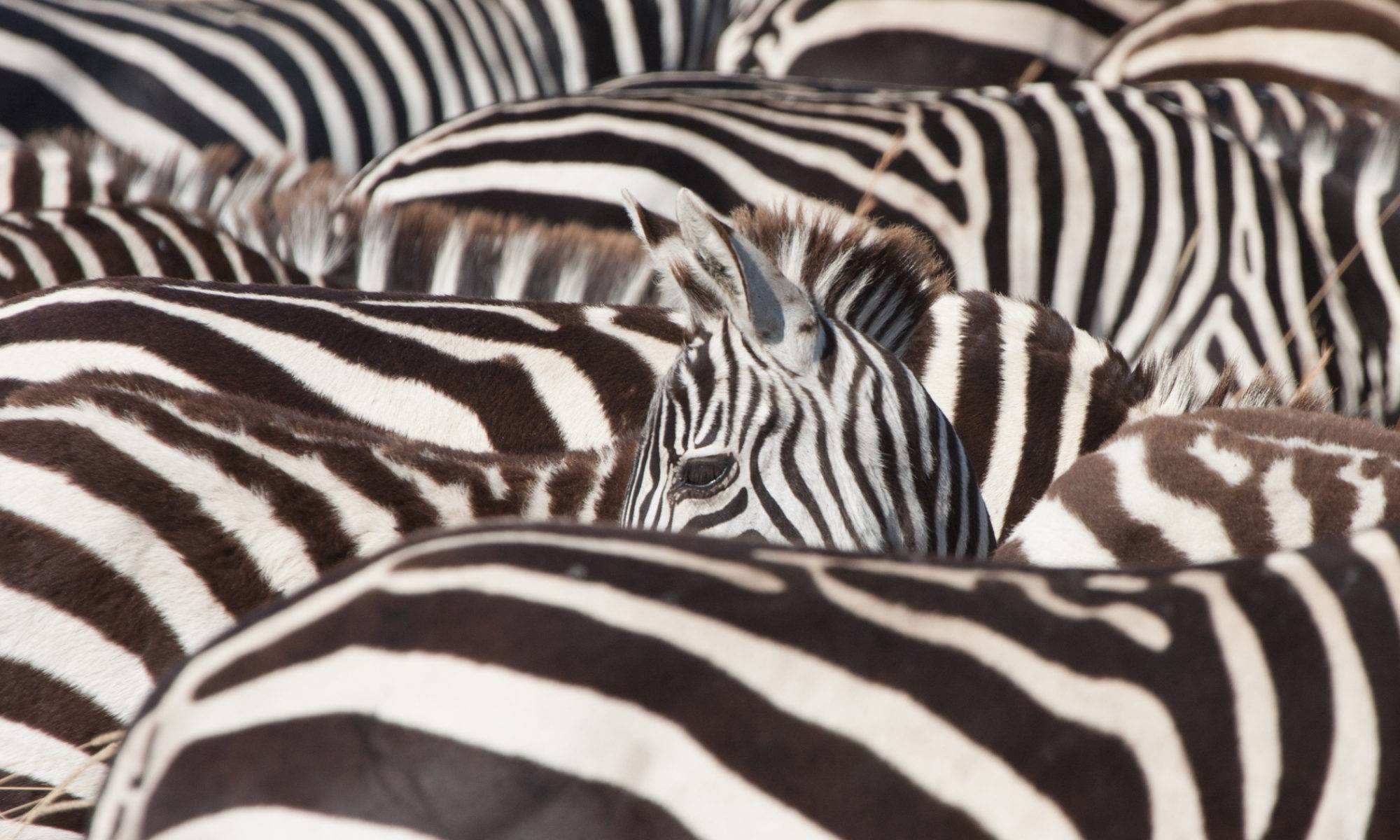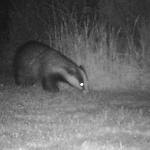Yesterday’s plan was fairly straightforward: a walk after lunch to Henfield levels to find the Glossy Ibis and Wood Sandpiper that were there the day before, on to Woods Mill for the Turtle Doves and then back for tea and then later on drive up to Cissbury Ring in the hope that the aurora would live up to its promise.
There was no Ibis or Sandpiper, and more than an hour at Woods Mill yielded nothing. Returning to the levels in the hope that the Ibis would return to roost I finally dug up the Wood Sand, meaning I had to walk back to get it on the on-foot list. Unfortunately I had misjudged the amount of water, with the longer than expected stay, and food was needed. Fortunately Karen was having fish & chips, so she brought some with her and met me on the way back.
The walk back was slowed by constant checking to see whether the aurora was building (and failing to find any owls in the area) so I ended up going straight to Cissbury Ring, arriving at 2300, just as the aurora was becoming visible.
And then it went crazy!
The entire sky to the north of us, and even some of the sky to the south, was alive with the lights, and the colours were clearly visible to the naked eye (they always show up much better on photos). This was by far the best aurora we have seen (and probably ever will see). It went on until I left at 0100, and the aurora was spectacular for the next hour as I walked home through the Sompting estate.
A nice lie-in was rudely interrupted by a dash down to the sea for a Pom Skua (I got it, Karen was too late) and we had nice views of Manx Shearwater as well. A fantastic 24 hours, but a hard one.

